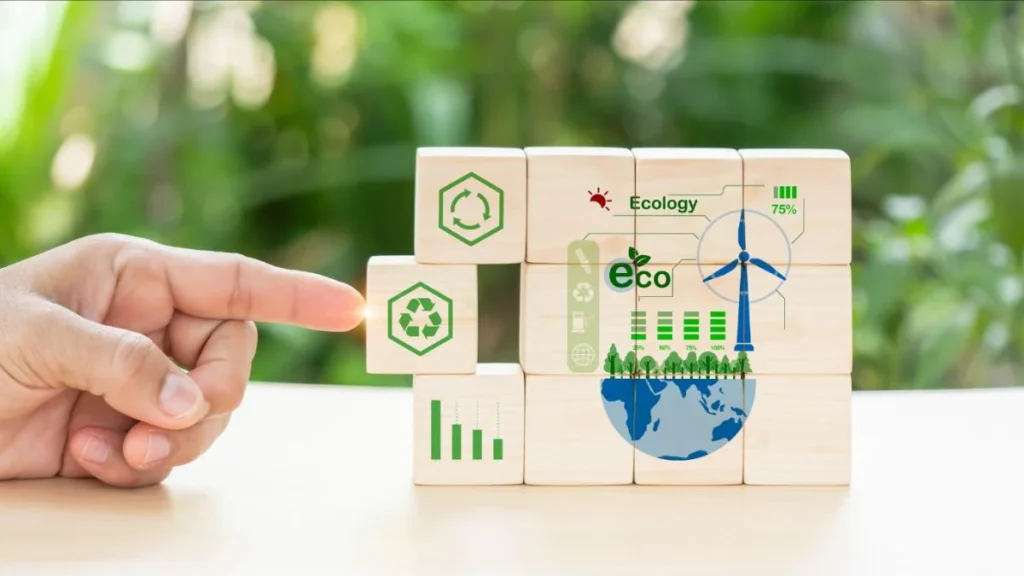Plastic waste is a global challenge. As consumption continues to rise, the need for innovative solutions to manage plastic waste is urgent. Plastic recycling equipment has emerged as a cornerstone for addressing this issue, enabling the transition toward a circular economy.
By transforming discarded plastics into reusable materials, these technologies minimize environmental impact and reduce reliance on virgin resources.
This article delves into the role of plastic recycling equipment, its operational mechanisms, and its impact on waste management strategies worldwide.
Understanding Plastic Recycling in the Circular Economy
The circular economy emphasizes minimizing waste and maximizing resource use by closing the production-consumption loop. In this system, recycling is a pivotal process, turning waste materials back into raw inputs for manufacturing.
Plastic, a versatile yet persistent material, presents unique recycling challenges. Its varied compositions, including PET, HDPE, LDPE, and PVC, require specialized equipment and techniques for effective processing.
This is where advancements in plastic recycling equipment make a difference, enabling efficient segregation, cleaning, and transformation of waste plastics into reusable materials.
Key Technologies in Plastic Recycling Equipment
Modern plastic recycling equipment incorporates cutting-edge technology to handle various types of plastics. Here’s an overview of the key technologies:
1. Sorting Systems
Efficient recycling starts with accurate sorting. Advanced sorting machines use optical sensors, infrared technology, and machine learning algorithms to identify and segregate plastics by type and color. This precision reduces contamination and improves recycling efficiency.
2. Shredders and Granulators
Once sorted, plastics are processed through shredders and granulators, reducing them to smaller, manageable pieces. These machines are equipped with robust blades and motors, capable of handling everything from rigid plastics to flexible films.
3. Washing Systems
To ensure the quality of recycled materials, contaminants like adhesives, food residues, and dirt are removed using washing systems. High-speed friction washers and hot water tanks are commonly used to deliver pristine outputs.
4. Extrusion and Pelletizing Machines
The shredded plastics are melted and reformed into pellets, the raw material for manufacturing new products. Extrusion systems ensure uniform melting, while pelletizers create consistent shapes for easier handling and transport.
5. Chemical Recycling Equipment
Beyond mechanical processes, chemical recycling breaks plastics down into their molecular components. This method enables the recycling of materials that cannot be processed mechanically, such as multi-layer plastics and contaminated films.
If you’re searching for a reliable device or instrument for plastic recycling, we highly recommend exploring Torontech’s extensive range of plastic recycling instruments. As a trusted supplier from Canada, Torontech offers high-quality solutions tailored to your needs.
The Environmental Impact of Recycling Equipment
Plastic recycling equipment contributes significantly to reducing environmental pollution:
- Energy Conservation: Recycling plastic requires less energy than producing virgin plastic from fossil fuels, lowering overall energy consumption in the supply chain.
- Waste Reduction: Diverting plastics from landfills and oceans prevents ecosystem damage and preserves landfill space.
- Lower Carbon Emissions: Recycled plastics have a smaller carbon footprint, reducing greenhouse gas emissions associated with production and waste disposal.
Challenges in Implementing Plastic Recycling Equipment
Despite its benefits, deploying plastic recycling equipment faces several challenges:
- Material Complexity: Multi-layer and composite plastics complicate recycling processes, requiring advanced technologies like chemical recycling.
- Economic Viability: High operational costs can deter investment, especially in developing regions where waste management infrastructure is underdeveloped.
- Contamination Issues: Contaminants in mixed waste streams can reduce the quality of recycled materials, necessitating additional processing steps.
Addressing these challenges requires collaboration between governments, industries, and communities to invest in infrastructure, educate consumers, and incentivize recycling.
A Collaborative Effort for a Sustainable Future
Plastic recycling equipment is not just a technological advancement, it is a critical solution for sustainable waste management. However, its success depends on a collaborative effort between industries, policymakers, and consumers.
By investing in advanced recycling infrastructure, promoting sustainable consumption, and supporting circular economy initiatives, we can mitigate the environmental impact of plastic waste.
The shift toward circularity is not just a necessity; it is an opportunity to transform waste management into a sustainable and profitable industry. With cutting-edge recycling equipment leading the way, a future with reduced plastic waste and a thriving circular economy is within reach.







